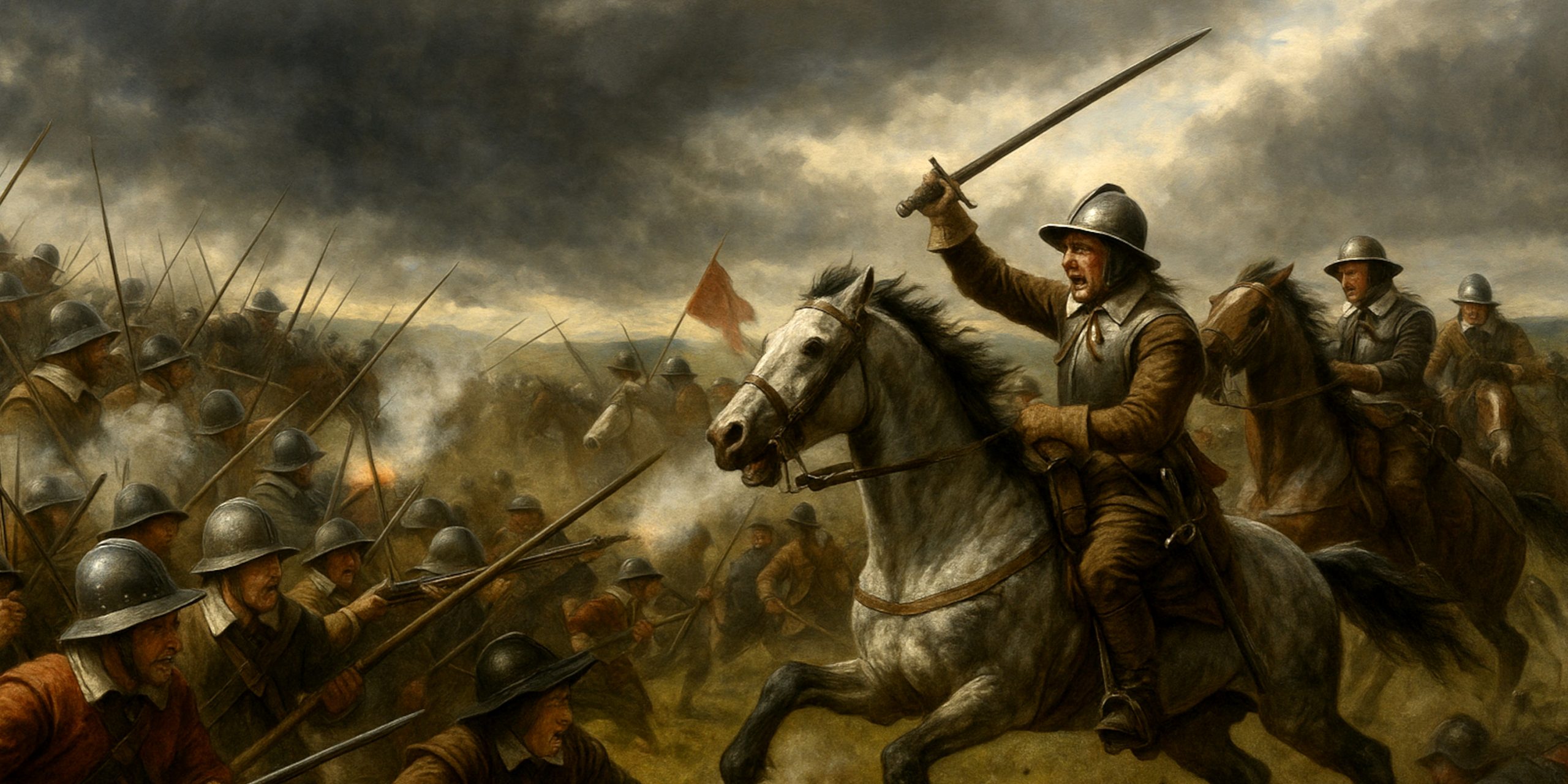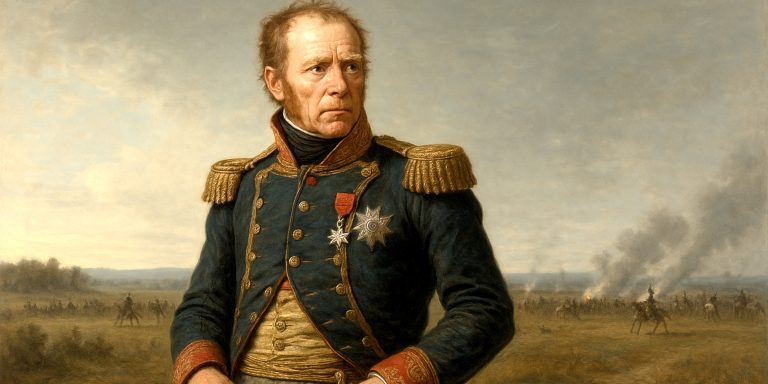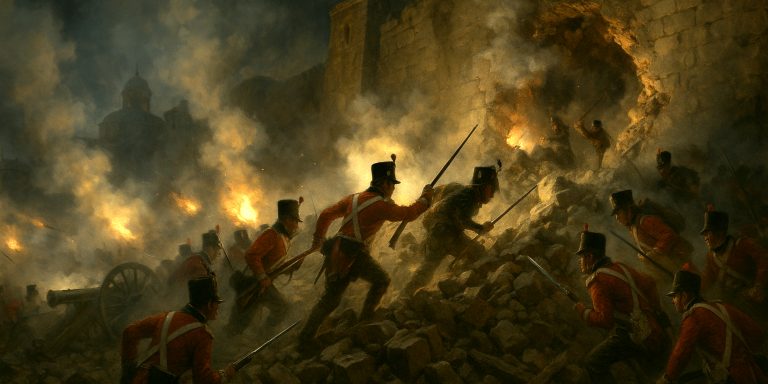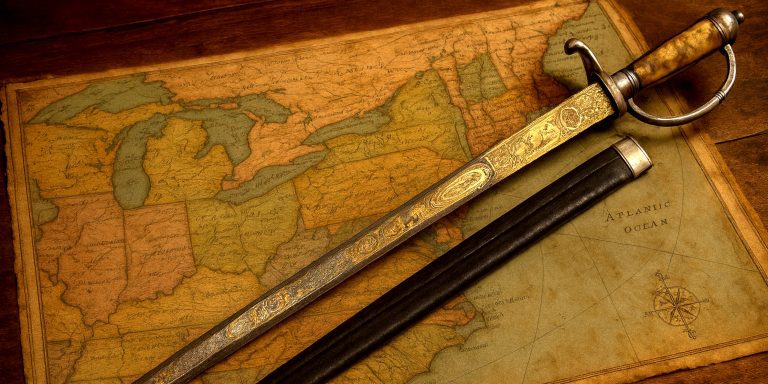
The Battle of Adwalton Moor, fought on 30 June 1643 during the English Civil War, was a decisive Royalist victory in the north of England. It marked a turning point in the struggle for control of Yorkshire, tipping the balance in favour of the Earl of Newcastle’s Royalist army against the Parliamentarians led by Lord Ferdinando Fairfax and his son Sir Thomas Fairfax.
Background
By mid-1643, control of Yorkshire was contested. The Parliamentarians had fortified strongholds such as Leeds, Bradford and Hull, but they were under increasing pressure from the better-supplied Royalist forces in the north. The Earl of Newcastle sought to secure West Yorkshire and break Parliament’s hold in the region.
The Parliamentarians, under Fairfax, attempted to prevent his advance by meeting him near Bradford, where open moorland around Adwalton offered little protection but could not be avoided.
Forces
Leaders
| Side | Commanders |
|---|---|
| Royalists | William Cavendish, Earl of Newcastle |
| Parliamentarians | Lord Ferdinando Fairfax, Sir Thomas Fairfax |
Troop Composition
- Royalists:
- Estimated 10,000 men
- Large numbers of cavalry
- Infantry including pikemen and musketeers
- Artillery support
- Parliamentarians:
- Approximately 7,500 men
- Strong infantry core with musketeers and pikemen
- Fewer cavalry, many inexperienced
- Limited artillery
Arms and Armour
- Royalists
- Cavalry equipped with swords, pistols, and buff coats with steel helmets
- Infantry with matchlock muskets, pikes, and some breastplates
- Small cannon pieces for battlefield support
- Parliamentarians
- Similar infantry arms: pikes, muskets, and occasional armour
- Cavalry less well-armoured and fewer in number
- Shortage of powder and ammunition noted before the battle
Battle Timeline
- Morning, 30 June 1643: Parliamentarian forces take defensive positions along the hedges and enclosures of Adwalton Moor, using the terrain to shield from cavalry.
- Late morning: Fairfax launches a push with musketeers and pikemen, initially driving back the Royalists.
- Midday: The Royalists regroup, using their stronger cavalry arm to outflank the Parliamentarians. Newcastle commits more infantry reserves.
- Afternoon: Parliamentarian powder begins to run short. Fairfax’s infantry fall back under pressure from musket fire and cavalry charges.
- Late afternoon: The retreat turns into a rout as the Parliamentarian line collapses. Fairfax and his son narrowly escape with the remnants of their army to Bradford.
Contemporary Quotes
- Sir Thomas Fairfax wrote of the battle: “We fought for two or three hours, gaining much ground, but our powder failing, the enemy pressed upon us and we were forced to retreat.”
- A Royalist account praised Newcastle’s leadership: “The Earl’s horse charged with such fury that the rebels could not withstand their shock, and their whole force was put to flight.”
Archaeology
The site of Adwalton Moor lies near modern Birkenshaw, West Yorkshire. Although much of the battlefield has been lost to housing and farmland, some landscape features such as hedgerows and fields remain. Archaeological surveys and local finds include musket balls and fragments of weaponry, providing evidence of the fighting. The battlefield is now recognised by the Battlefields Trust as an important site in the English Civil War.
Legacy
The Royalist victory at Adwalton Moor gave Newcastle effective control over most of Yorkshire, allowing him to threaten Parliamentarian positions further north. However, this success was short-lived. The Parliamentarians regained momentum later in 1644, culminating in their decisive victory at Marston Moor, which broke Royalist power in the north for good.
Adwalton Moor remains a key example of how shortages in supplies and cavalry could decide battles in the English Civil War.
Watch the documentary:



